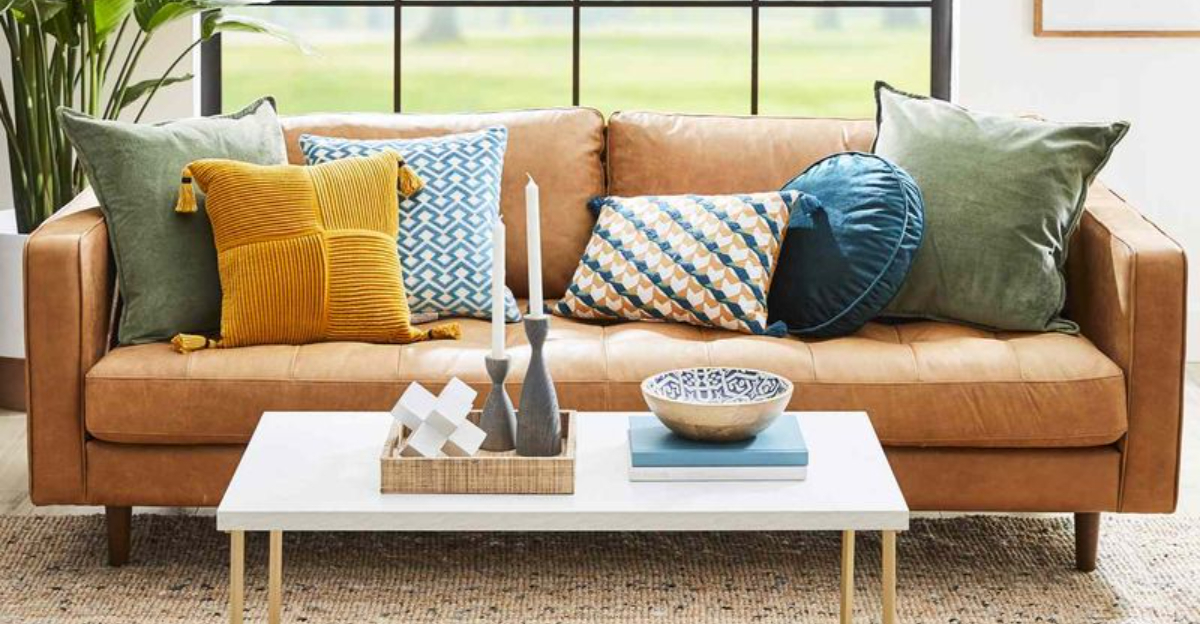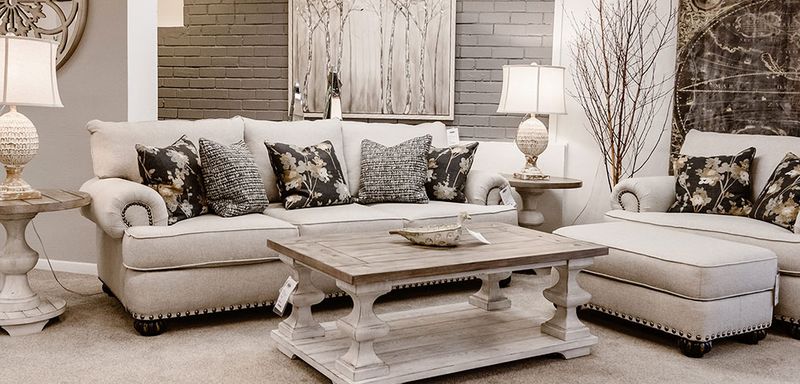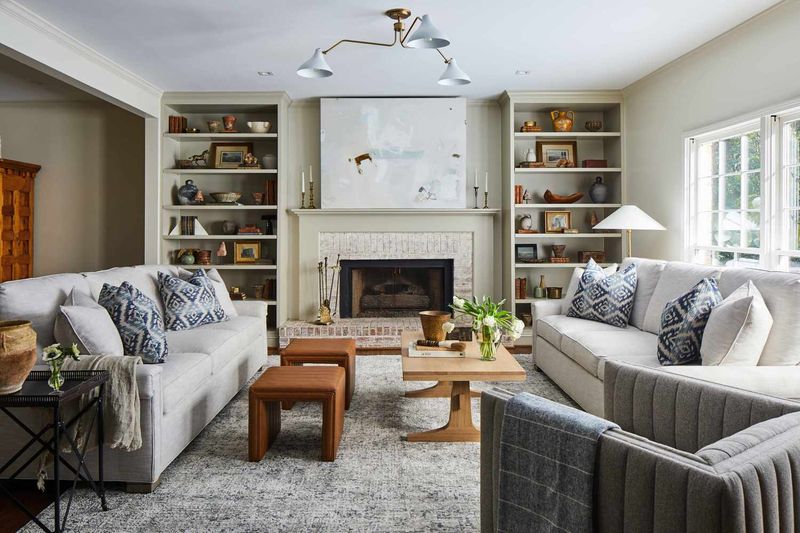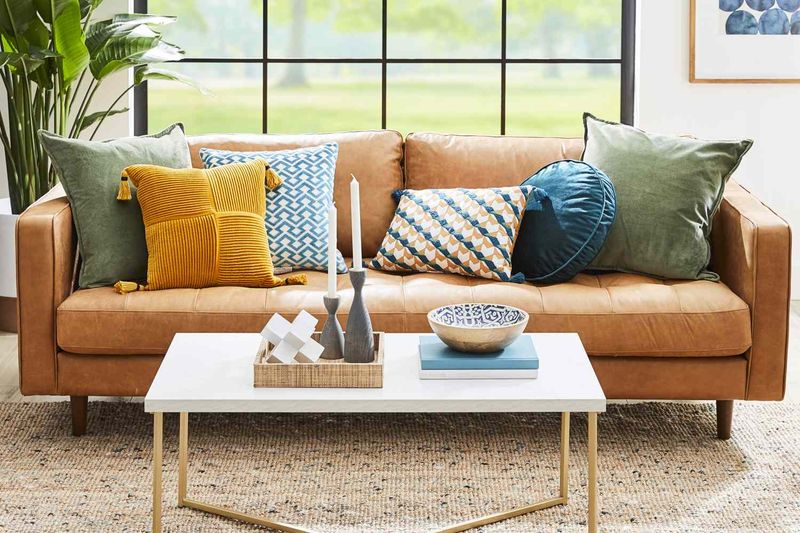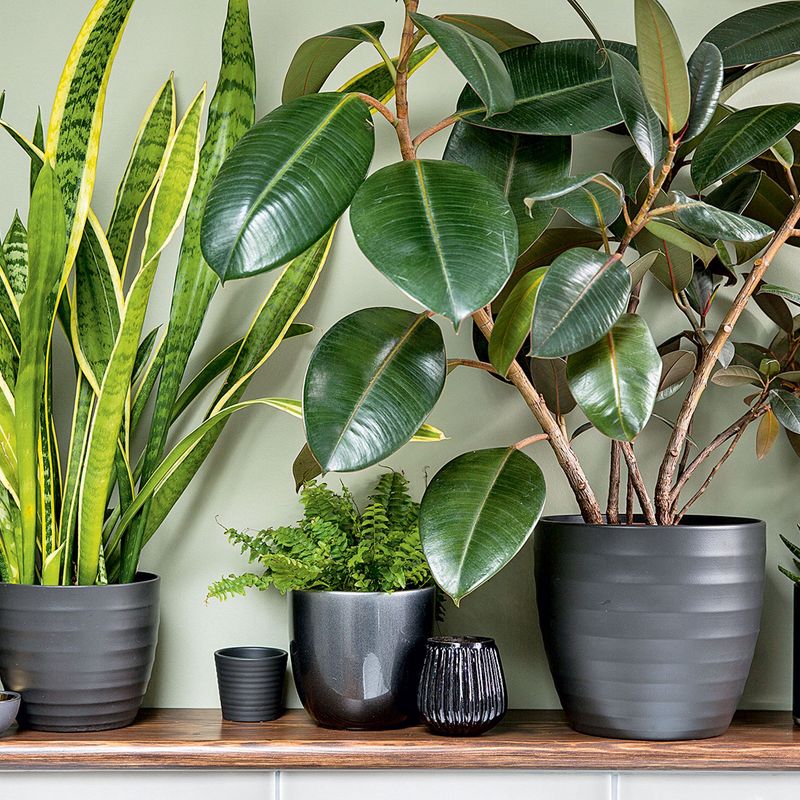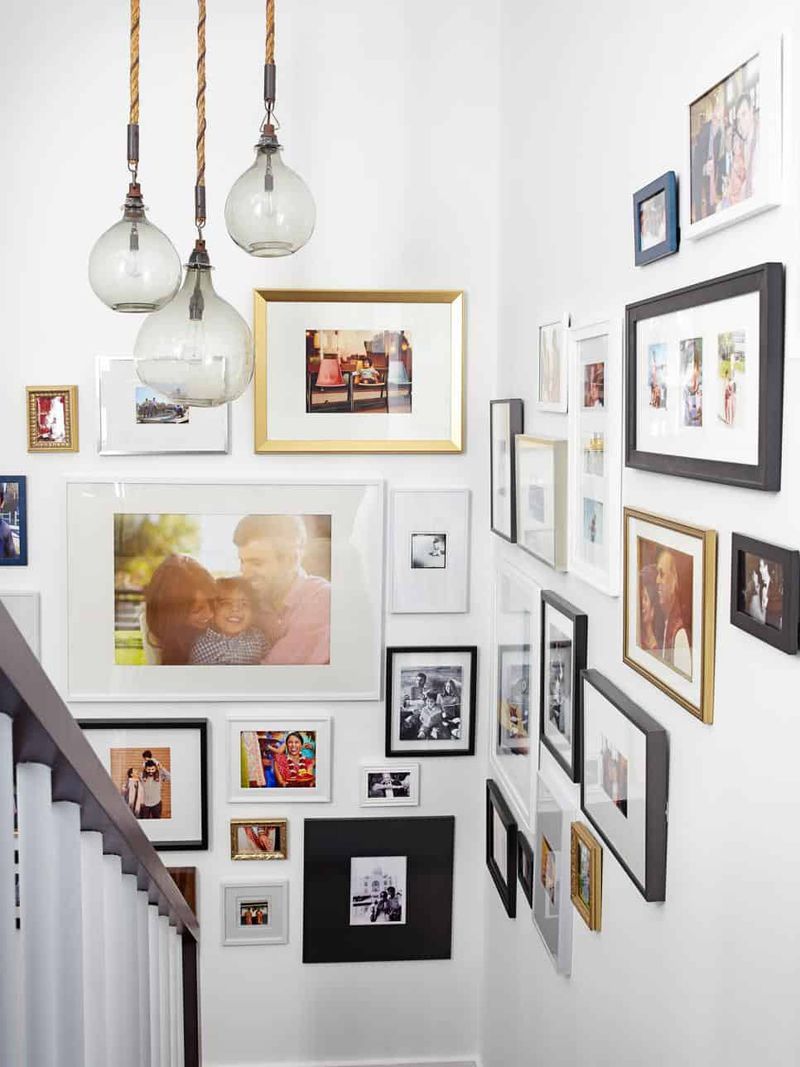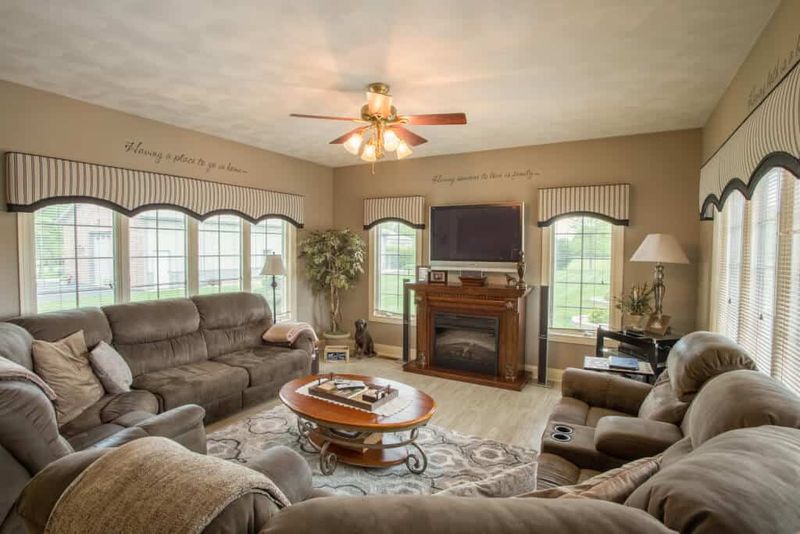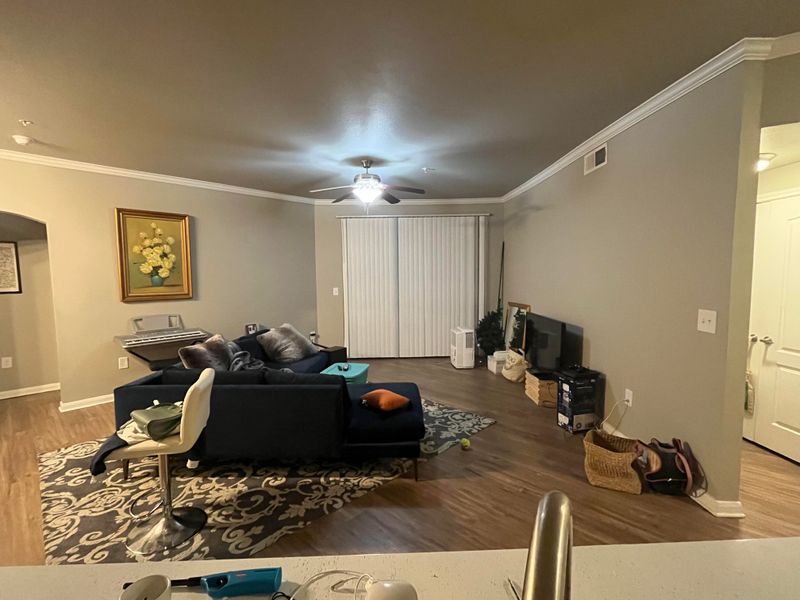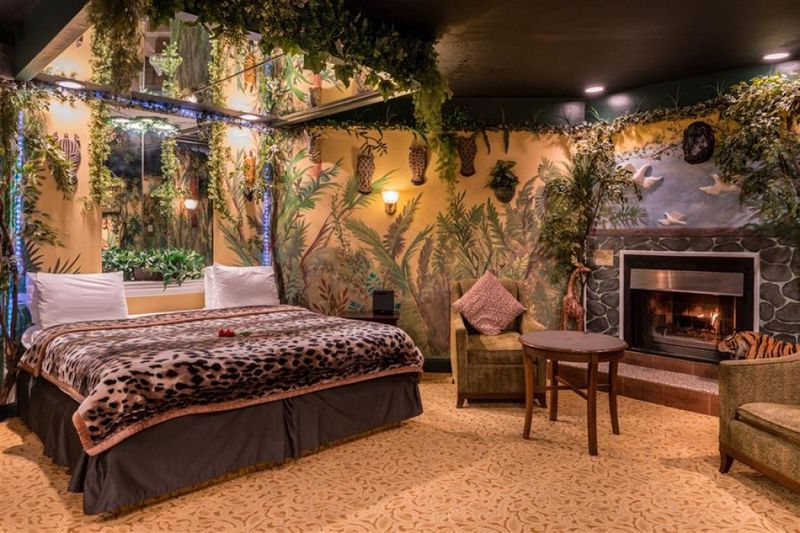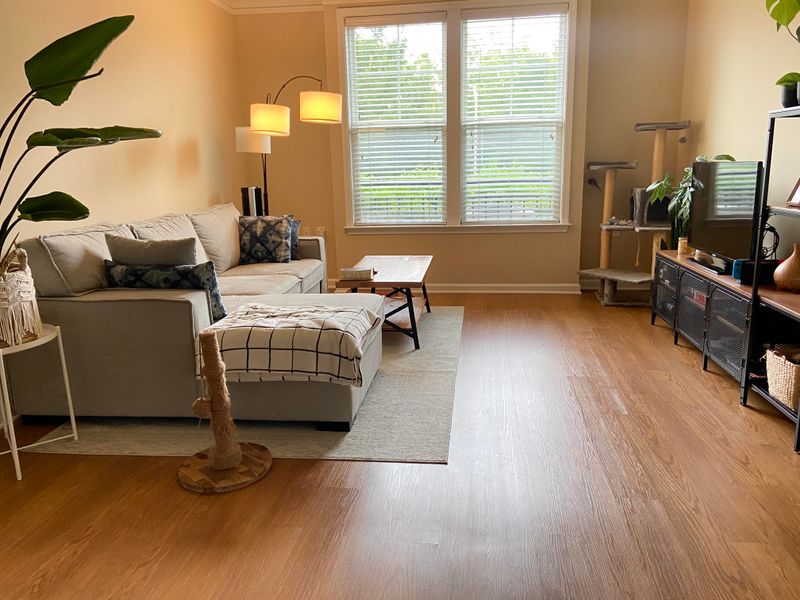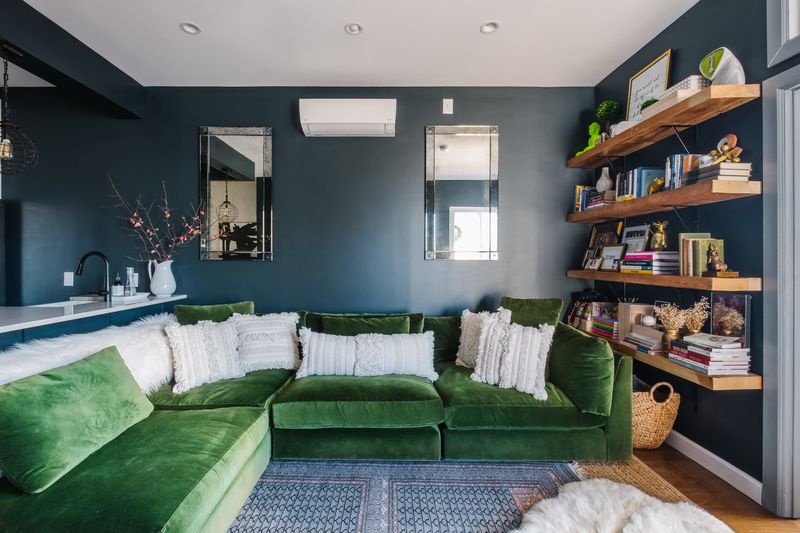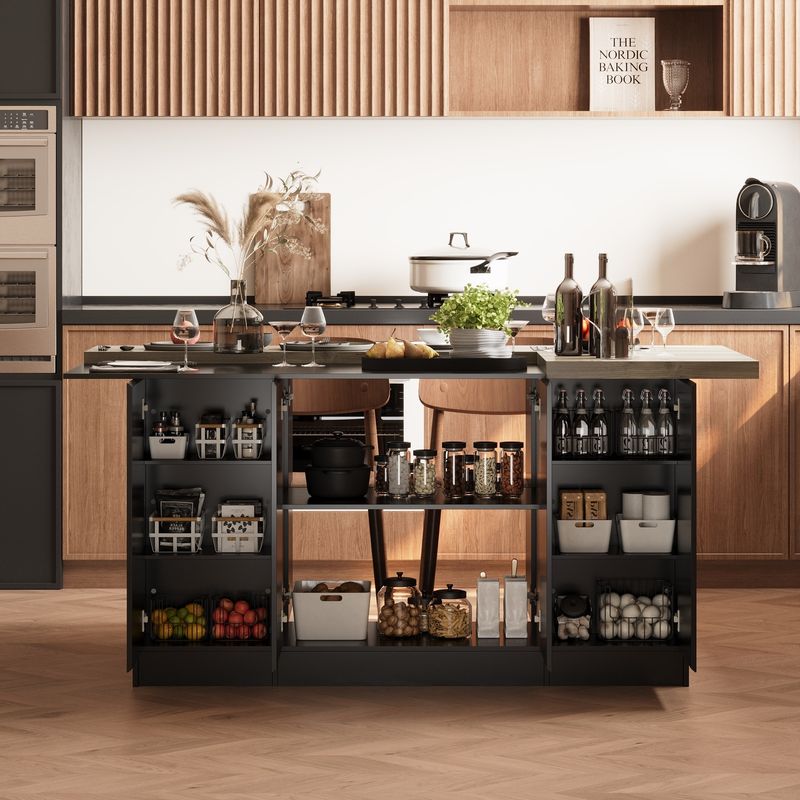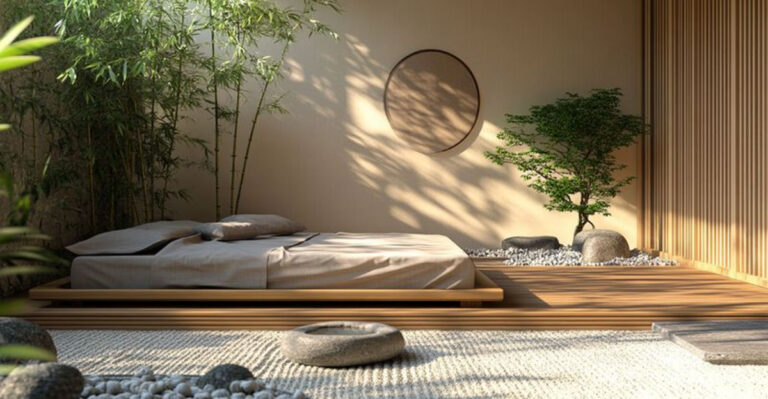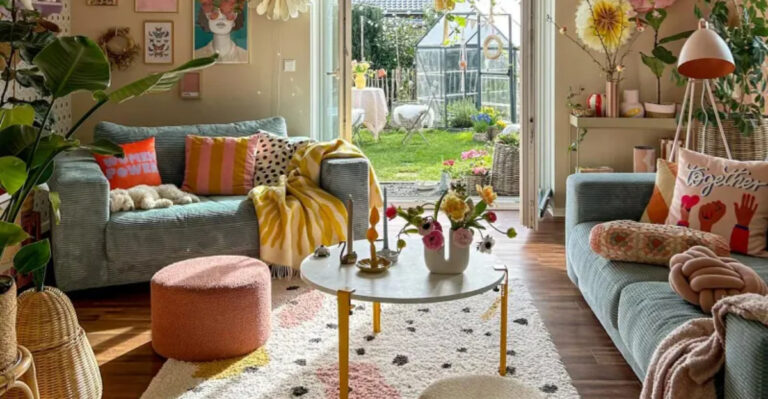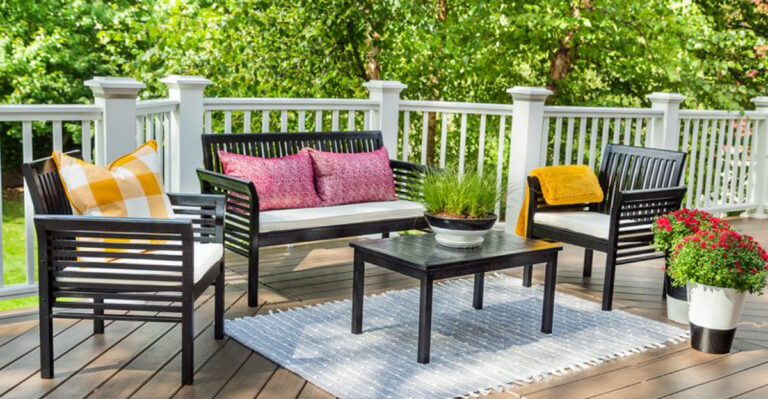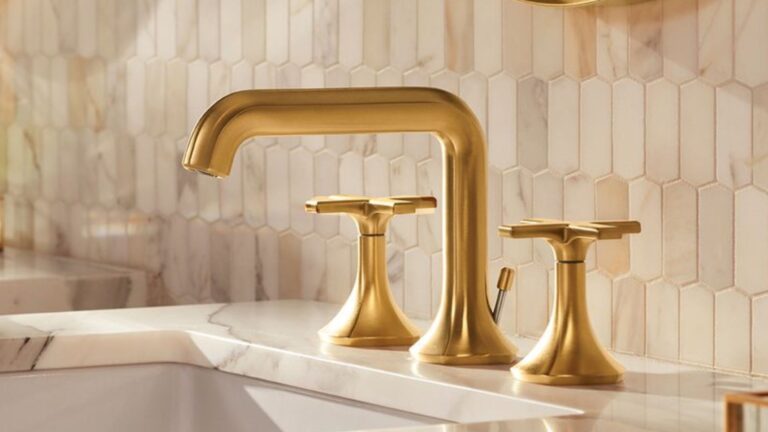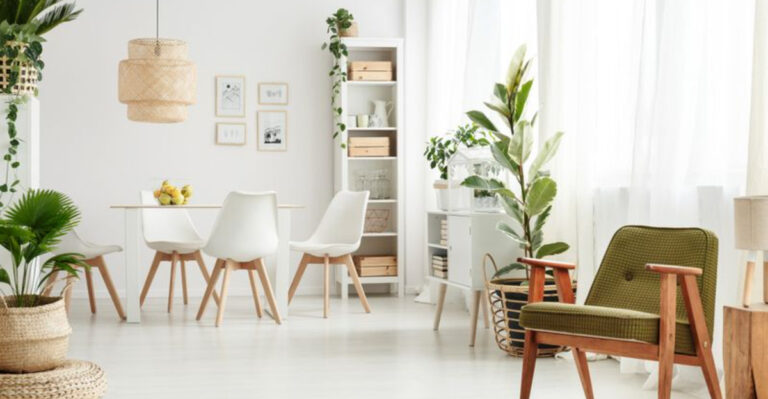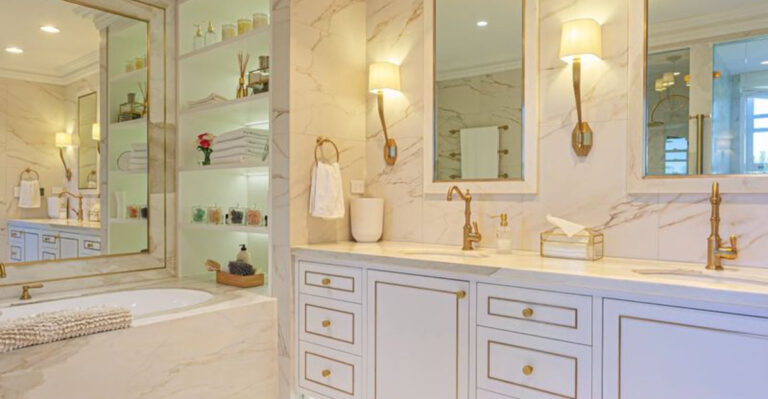10 Things That Make Designers Cringe When They Walk Into Someone’s Home (Plus 5 Extra Ones To Always Avoid)
Designers have a sharp eye – and it only takes a few seconds inside a home for them to spot what’s working and what’s wildly off track.
Certain decor choices may seem harmless or even trendy, but to a seasoned designer, they can instantly throw off the balance of a space. From clunky furniture arrangements to awkward lighting and overdone themes, some mistakes are hard to unsee.
The good news? They’re also easy to fix once you know what to avoid. Here are 10 things that make designers cringe – plus 5 extra offenders they’d love to see disappear for good.
1. Overstuffed Rooms
When every inch of space is filled with furniture, knick-knacks, and decor, designers feel their blood pressure rising. Cramming too many items into a room creates visual chaos and makes even spacious areas feel claustrophobic.
Good design requires breathing room! Objects need space around them to be properly appreciated. Consider adopting a more minimalist approach by selecting fewer, more meaningful pieces that truly enhance your space.
2. Matching Furniture Sets
Walking into a room where every piece of furniture came from the same showroom display makes designers wince. Those perfectly matched living room suites or bedroom sets scream “I bought everything at once without much thought.”
Instead of this cookie-cutter approach, try curating pieces that complement each other while maintaining their individual character. Mix textures, materials, and even eras to create a space with depth and personality.
3. Exposed Electrical Cords
Tangled webs of electrical cords snaking across floors and walls make designers shudder. These unsightly wire jungles instantly downgrade an otherwise beautiful room, creating visual clutter and safety hazards.
Savvy homeowners find creative ways to conceal cords using cord covers, cable management solutions, or strategic furniture placement. Some even plan ahead by installing outlets in convenient locations to minimize cord visibility altogether.
4. Pushed-Back Furniture
Immediately upon entering a room where all furniture is pushed against walls, designers mentally start rearranging. This common arrangement creates an awkward “dance floor” effect in the center while making conversation areas feel distant and unwelcoming.
Pulling furniture away from walls creates intimate conversation zones and improves flow. Even in smaller spaces, floating furniture just a few inches from walls can create the illusion of more space and add visual interest to your layout.
5. Excessive Throw Pillows
While a few well-chosen throw pillows add comfort and style, designers cringe when they see sofas and beds drowning under mountains of decorative cushions. Having to remove fifteen pillows just to sit down is a sure sign you’ve gone overboard.
Quality trumps quantity here! Select 2-5 pillows that complement your color scheme and offer varying textures or patterns. Remember that pillows should enhance comfort and aesthetics without becoming the room’s main focus.
6. Outdated Light Fixtures
Lighting can make or break a space, which is why designers immediately notice dated fixtures like 1980s brass chandeliers. These aging elements instantly date your entire room, no matter how updated everything else might be.
Lighting fixtures are like jewelry for your home – they should complement your decor while making a statement of their own. Updating fixtures is often an affordable way to dramatically transform a space without major renovation.
7. Fake Plants Collecting Dust
Artificial greenery from decades past, covered in a layer of dust and faded by sunlight, makes designers visibly wince. These tired faux plants scream “neglect” rather than adding the lively touch they’re intended to provide.
If maintaining real plants seems daunting, today’s high-quality silk options can be convincing alternatives. Just remember they still require regular dusting! For truly low-maintenance greenery, consider hardy houseplants like snake plants or pothos that thrive with minimal attention.
8. Wall-to-Wall Family Photos
Family memories are precious, but covering every inch of wall space with framed photos makes designers flinch. These overwhelming photo galleries create visual noise and often lack the cohesive presentation that would truly showcase your cherished memories.
Consider creating thoughtful photo collections in specific areas using consistent frame styles. Digital frames can also display rotating images without cluttering walls. Remember that sometimes less is more – select your absolute favorite images rather than displaying every photo ever taken.
9. Neglected Window Treatments
Those dusty mini blinds, outdated valances, or generic vinyl roller shades make designers cringe faster than almost anything else. Window treatments are often afterthoughts in home decorating, yet they dramatically impact a room’s overall appearance.
Windows deserve attention as architectural features that frame your view and filter light. Investing in quality curtains, blinds, or shades that complement your decor can transform a space from ordinary to polished. Even simple, well-chosen treatments elevate your home’s entire aesthetic.
10. TV as Room Focal Point
Walking into a living room where every piece of furniture faces a massive black screen makes designers silently sigh. When televisions dominate the space, they overshadow architectural features and limit furniture arrangements to theater-style setups.
If the TV must remain prominent, integrate it into built-ins or gallery walls to minimize its visual impact. Arranging furniture for conversation first, viewing second, creates more inviting and flexible living spaces.
1. Poor Lighting Distribution
Relying solely on harsh overhead lighting makes designers reach for imaginary dimmer switches. Single-source lighting creates unflattering shadows and fails to highlight architectural features or create atmosphere.
Layered lighting transforms spaces! Combine ambient (general), task (functional), and accent (decorative) lighting at various heights. Table lamps, floor lamps, sconces, and properly placed recessed lights create depth and warmth that overhead fixtures alone simply cannot achieve.
2. Themed Rooms Gone Overboard
Stepping into a room that screams “beach house” with seashells on every surface or a kitchen drowning in rooster decorations makes designers mentally start editing. When themes become overwhelming, they feel more like movie sets than comfortable living spaces.
Subtle thematic elements add character without overwhelming. This creates sophisticated spaces that hint at your interests without hitting visitors over the head.
3. Too-Small Area Rugs
You might think you’re saving money with that petite area rug, but designers see it as a missed opportunity. Undersized rugs floating awkwardly in vast spaces make rooms feel unanchored and poorly planned.
A properly sized rug should accommodate at least the front legs of major furniture pieces in a seating arrangement. In dining areas, ensure the rug extends at least 24 inches beyond the table’s edge so chairs remain on the rug when pulled out.
4. Neglected Scale and Proportion
Nothing makes designers wince quite like furniture that’s dramatically too large or too small for a space. Oversized sectionals squeezing into tiny apartments or delicate chairs floating in cavernous rooms create immediate visual imbalance.
Before purchasing pieces, measure your space and create a floor plan. Consider the visual weight of items, not just their physical dimensions. A large room might need substantial pieces or thoughtfully arranged groupings of smaller items to maintain proper scale and create harmony.
5. Abundance of Countertop Appliances
Kitchens with every imaginable gadget crowding the countertops make designers mentally start clearing surfaces. When blenders, toasters, coffee makers, mixers, and air fryers consume all available workspace, functionality and aesthetics both suffer.
Be selective about what deserves precious counter real estate. Store occasionally-used appliances in cabinets or pantries.

